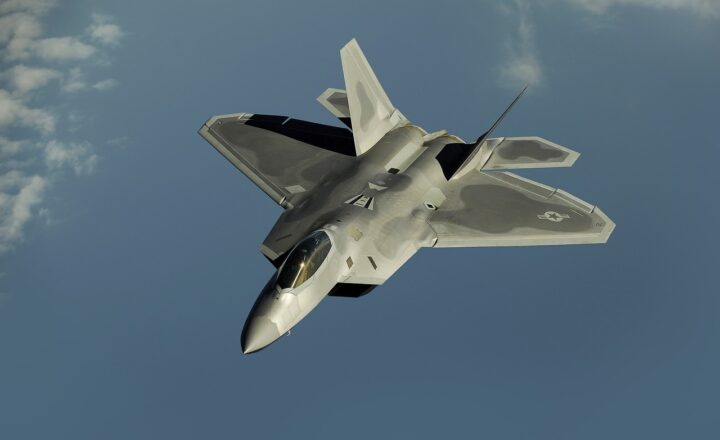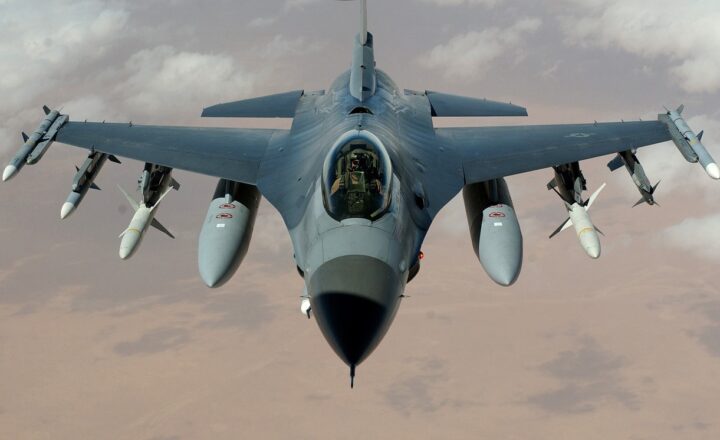Why Fighter Pilots Need Specialized Training That Civilians Don’t
November 11, 2024

Fighter pilots occupy a unique and critical position in modern military operations. They not only serve as the frontline defense for their country but must also possess hyper-specialized skills that extend far beyond what is typically required of civilian pilots. Understanding why fighter pilots undergo rigorous and specialized training can illuminate the profound differences between military and civilian aviation.
1. The Acuity of Combat Situations
Fighter pilots operate in high-stakes environments where they must make split-second decisions under immense pressure. Unlike civilian pilots, who might navigate commercial aviation or personal flights, fighter pilots often engage in combat situations where every choice can have life-or-death consequences. Their training focuses on:
- Situational Awareness: This includes understanding not only their aircraft’s capabilities but also the dynamics of aerial warfare, enemy movements, and the potential risks posed by third parties and civilian entities on the ground.
- Decision-Making Under Stress: Simulations and training exercises are designed to place pilots in high-stress scenarios, forcing them to practice quick decision-making in conditions that closely replicate the chaos of real combat.
The nature of aerial combat is fundamentally different from commercial aviation, where the primary focus is on safety and adherence to established protocols.
2. Specialized Flight Maneuvers
Fighter jets are engineered to perform complex aerial maneuvers that are not necessary for civilian aircraft. Fighter pilots must master:
- Advanced Aerobatics: Training includes mastering high-G turns, rolls, and other aerobatic maneuvers that are critical in dogfights and evasive actions.
- Low-Altitude Flying: The ability to fly at extremely low altitudes while maintaining speed is crucial for ground attack missions where precision is essential.
- Formation Flying: Communicating and executing maneuvers with other pilots in close formation is integral, as coordinated attacks and defensive postures often require teamwork at high speeds.
These specialized skills ensure that fighter pilots can operate effectively in combat, but they also demand rigorous training and practice that civilians do not typically receive.
3. Tactical Combat Training
A key element of fighter pilot training involves tactical combat training, where students learn:
- Combat Strategy: Understanding aerial tactics, including offensive and defensive maneuvers, to predict and counter enemy actions effectively.
- Weapons Systems Operation: Familiarity with the various weapon systems they may utilize, including missiles, guns, and electronic warfare capabilities.
- Coordination with Ground Forces: Working with ground-based troops for joint operations demands additional communication skills and tactical understanding not relevant to civilian pilots.
These training components prepare fighter pilots for real-world scenarios that require collaboration, quick adaptability, and advanced maneuverability.
4. Physical and Mental Conditioning
Fighter pilots must maintain high levels of physical fitness and mental sharpness:
- G-Force Training: Fighter pilots encounter extreme gravitational forces; hence, they undergo training to withstand high G-forces in specialized simulators, preparing their bodies to handle the physical demand without losing consciousness during a maneuver.
- Mental Resilience Training: Programs that focus on enhancing mental resilience help pilots remain calm and effective even in life-threatening conditions. This may involve techniques like meditation, visualization, and stress management exercises.
- Long Hours in the Cockpit: Adaptation to long missions that can exceed several hours requires not only endurance but also strong strategies to maintain focus and alertness without abandoning essential protocols.
This rigorous physical and mental conditioning continues to differentiate fighter pilots from civilian pilots, who do not generally face similar challenges.
5. Technology Proficiency
Today’s fighter jets are equipped with an array of sophisticated technologies. Fighter pilots are trained in:
- Advanced Avionics: Understanding how to operate and maximize the use of complex onboard technology, including navigation, radar systems, and weapons targeting systems.
- Situational Awareness Technology: Mastery of integrated systems that provide real-time data, allowing pilots to make informed decisions based on their surroundings and threats relative to their operating environment.
- Cybersecurity Awareness: Knowledge of the principles of cybersecurity is crucial as modern warfare increasingly relies on networked systems, and potential cyber threats can compromise operations.
Such technical skills are essential for military effectiveness in combat, while civilian pilots mainly focus on navigation and safety protocols.
Conclusion
Fighter pilots operate in a realm that requires exceptional training tailored specifically for military contexts. The specialized skills they acquire surpass traditional pilot training, preparing them to navigate complex combat scenarios, execute advanced maneuvers, employ technical systems effectively, and maintain mental and physical resilience.
Understanding this distinction highlights the valor and commitment of those who take to the skies in defense of their nation and underscores the imperative for such rigorous preparation in the face of danger. For individuals fascinated by aviation, the contrasts between civilian and military pilot training reveal the extraordinary demands and responsibilities of being a fighter pilot in today’s world.








